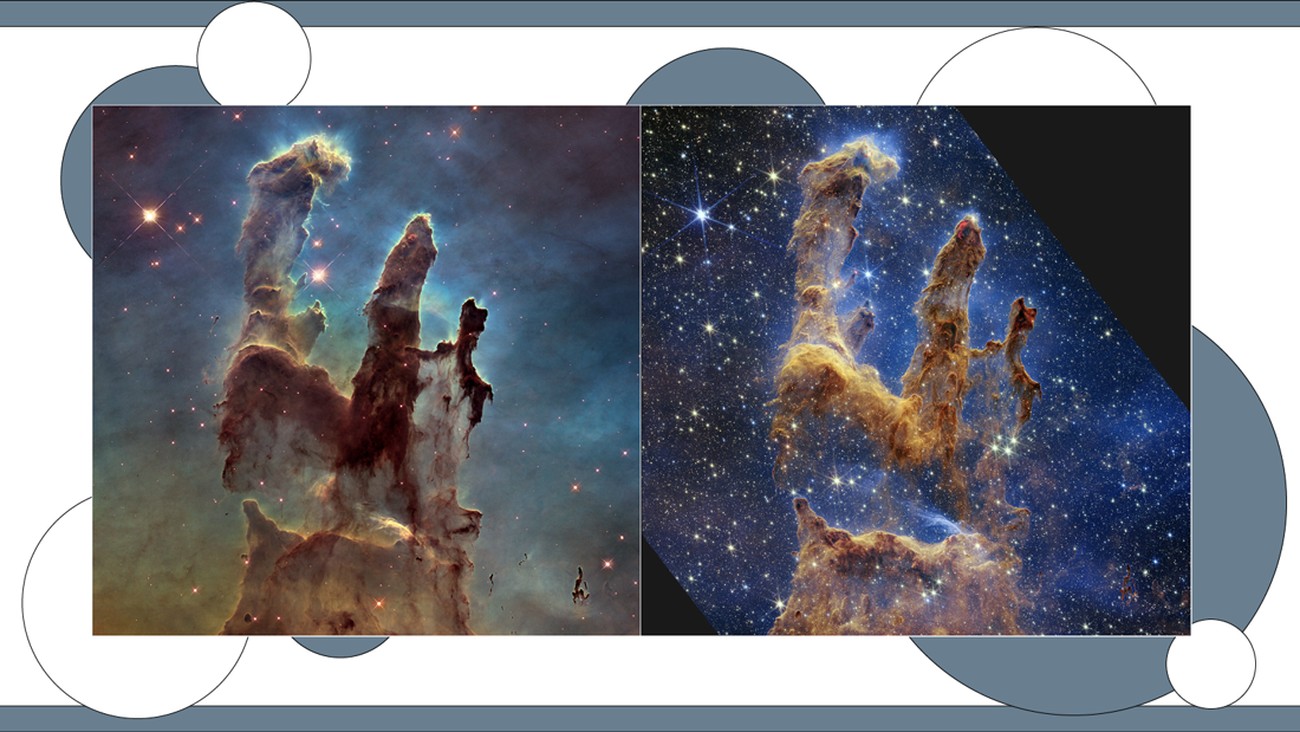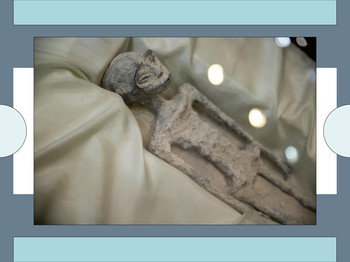Last week (25/10), the James Webb Space Observatory (JWST) or known as the James Webb Telescope has managed to capture yet another magnificent image of a deep space object; two galaxies 270 million light-years away from Earth intertwined with each other. The colliding galaxies, also known as IC 1623, lead to the destruction of their original structures, showcasing a giant outburst of star formation. Many astronomers believe that this merger may undergo the process of becoming a supermassive black hole. The image was created from a combination of data captured by three of Webb's four instruments; the MIRI and NIRCam cameras, and the NIRSpec spectrometer.
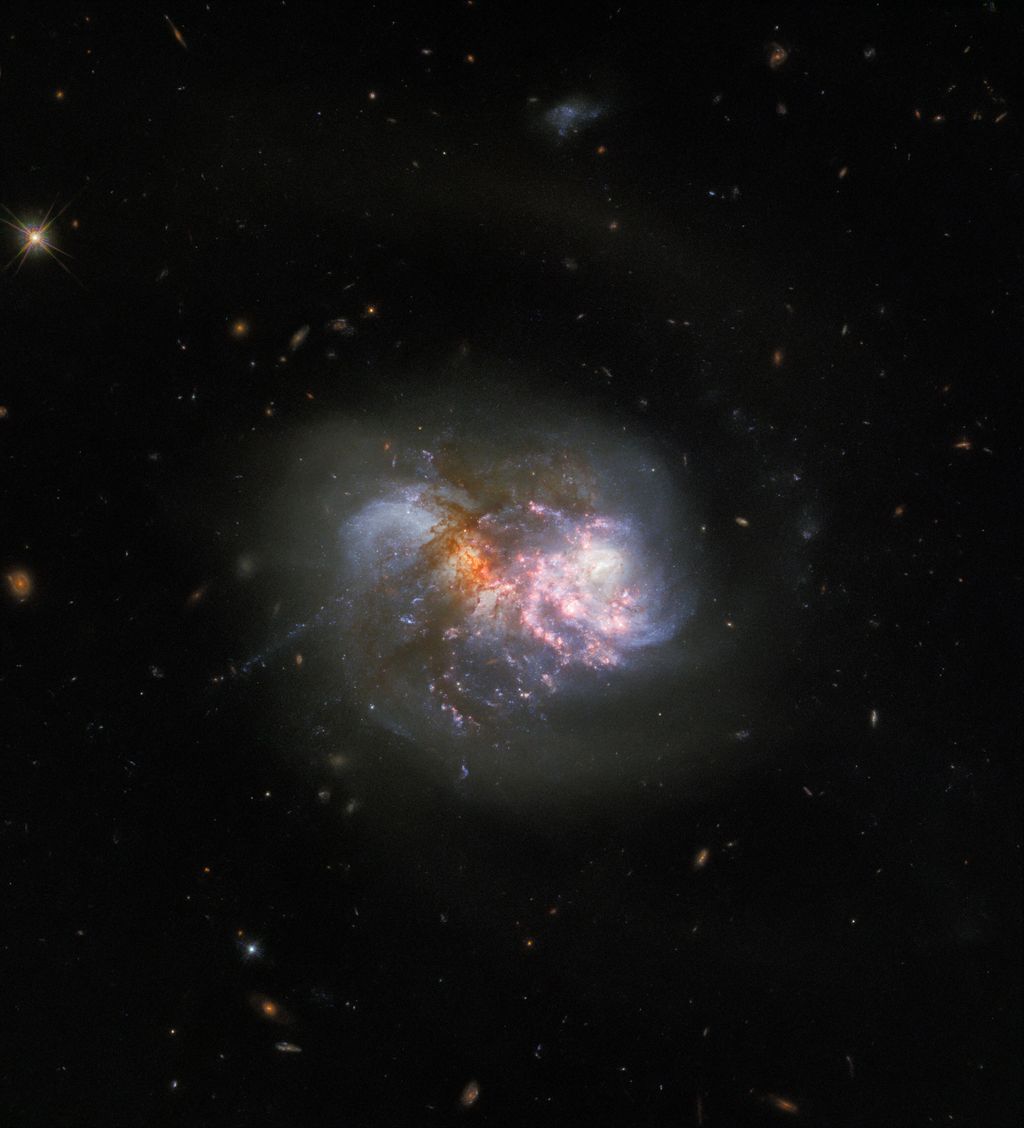 IC1623 colliding/ Foto: Webb Space Telescope IC1623 colliding/ Foto: Webb Space Telescope |
As stated, this is actually not the first time the telescope has transmitted (literally) out-of-this-world photos to Earth since its first deployment to space in 2021. The James Webb Telescope is the fruit of a joint project between the National Aeronautics and Space Administration (NASA), European Space Agency (ESA), and Canadian Space Agency (CSA), which serves as a complimentary, if not, a replacement of the good ole' Hubble Space Telescope. It is now the world's largest and mightiest space telescope ever invented.
Unlike the Hubble Space Telescope which orbits around the Earth, the James Webb Telescope was meant to orbit the Sun near the second Sun-Earth Lagrange point (L2) or 1.5 million km away from the Earth. Its mission itself is to explore the universe and serve as a tool in hopes to answer questions like, how does the universe works?; are we alone in the universe?; how did we get here? Moreover, it was built to push the boundaries of human knowledge about our universe even further. Along its journey, here are five spectacular photos of the universe the telescope has captured (so far).
A revisit to Pillars of Creation
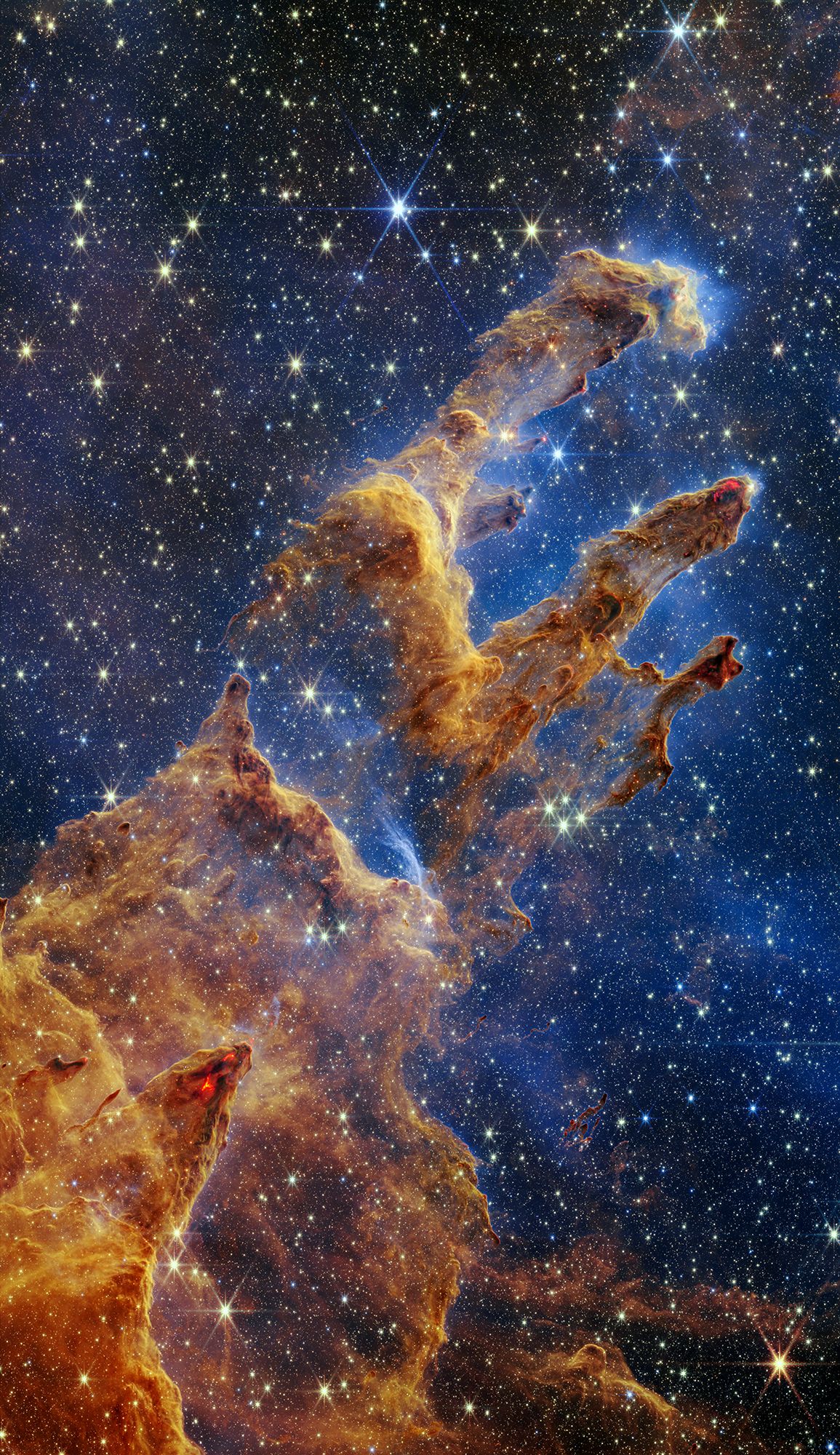 A Close Up Picture of Pillars of Creation/ Foto: Webb Space Telescope A Close Up Picture of Pillars of Creation/ Foto: Webb Space Telescope |
First photographed by the Hubble Telescope in 1995 and notably becoming one of the top tenth photographs the telescope has ever taken, the Pillars of Creation obtained a glow-up picture thanks to the James Webb Telescope. Pillars of Creation gets its name from its nature where the interstellar gas and dust in the Eagle Nebula, 6,500 light-years from Earth, are in the process of creating new stars while also being eroded by the light from nearby stars that have recently formed.
Neptune has a ring!
 Ring of Neptune/ Foto: Webb Space Telescope Ring of Neptune/ Foto: Webb Space Telescope |
One of James Webb's instruments, the NIRCam reveals the clearest picture of the eighth planet Neptune, which has not been seen with this clarity in more than 30 years. Finally, a clear picture of Neptune and its stunning rings and dust bands encircle the ice giant, which also captured details of the planet's turbulent and windy atmosphere. Neptune is the outermost planet in our Solar System, it circles the Sun at a distance of roughly 4.5 billion km and takes 164.8 years to complete one revolution. Just like other outer Solar System giants, its atmosphere contains hydrogen and helium as well as ices of water, ammonia, and methane.
Mesmerizing cosmic cliff
 Cosmic Cliff/ Foto: Webb Space Telescope Cosmic Cliff/ Foto: Webb Space Telescope |
The image above may look like a desert mountain underneath the glimmering stars, but it is actually the edge of a nearby, young, star-forming region NGC 3324 in the Carina Nebula. Named as the Cosmic Cliff, the Webb's NIRCam reveals previously obscured areas of star birth that are roughly 7,600 light-years away. The "steam" that appears to rise from the celestial "mountains" is hot, ionized gas and dust streaming away from the nebula because of intense ultraviolet radiation.
Stephen's Quintet
 A Look at Stephen's Quintet/ Foto: Webb Space Telescope A Look at Stephen's Quintet/ Foto: Webb Space Telescope |
First discovered by Edouard Stephen in 1877, the James Webb Telescope has captured never-before-seen details in this galaxy group thanks to its NIRCam and MIRI instruments. Although it is called a quintet, only four of the galaxies are truly close together and caught up in a cosmic dance. The fifth and farthest galaxy, called NGC 7320, resides 40 million light years from Earth, while the other four are 290 million light-years away. Moreover, the Stephen's Quintet shows how four galaxies gradually collided with each other as if a train crash was happening in a cosmic slow motion. They are locked in a tight interaction driven by the force of gravity. An active supermassive black hole, actively engulfing matter from the surrounding galaxy is revealed in the upper right galaxy as a bright light, even though it is actually 40 billion times brighter than the Sun.
Fingerprint of the universe
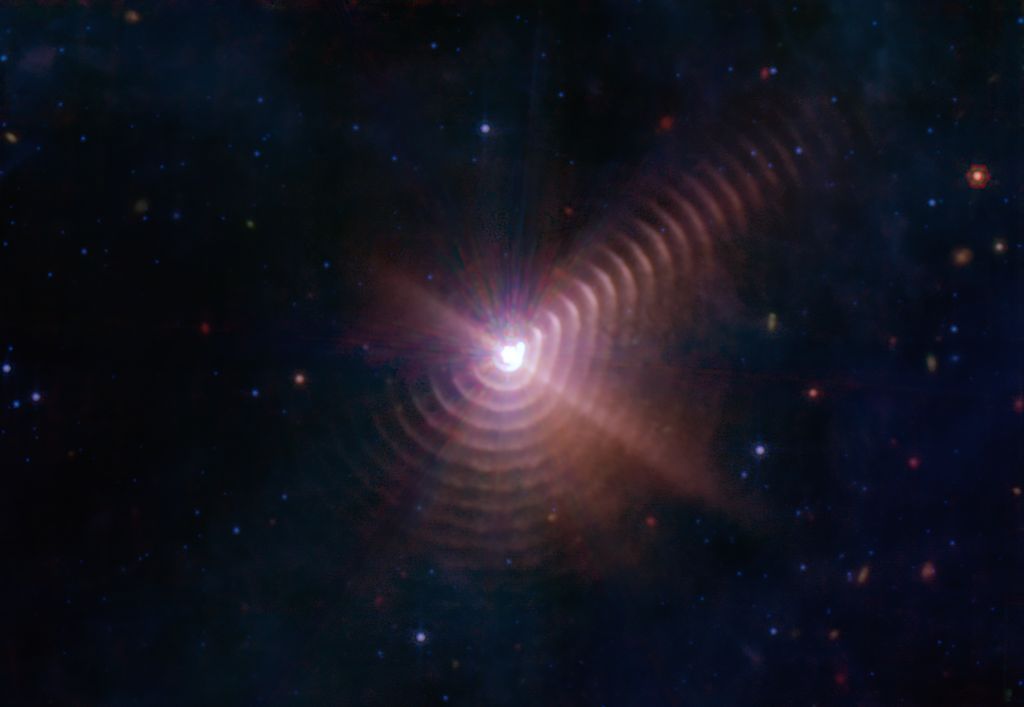 Wolf-Rayet/ Foto: Webb Space Telescope Wolf-Rayet/ Foto: Webb Space Telescope |
It may look like someone has stamped their fingerprint on it. However, the picture you're seeing now is a system of two stars that orbit each other, namely WR140. The WR marks one star in the pair as a Wolf-Rayet, a rare type of star that's actually hundreds of thousands of times brighter, and much hotter than the Earth's sun. It represents the final stage in the evolution of giant stars, dozens of times more massive than the sun before they explode in supernovas and turn into black holes. The 'fingerprint' effect surrounding the two stars is puffs of organic dust generated from itself, spreading and dancing around the WR140.
There you have it, five mind-blowing and mesmerizing pictures of space objects the James Webb Telescope has ever captured so far. How do you feel seeing all these pictures; knowing that we are just like a tiny speck of dust compared to this enormous universe?
(HAI/tim)